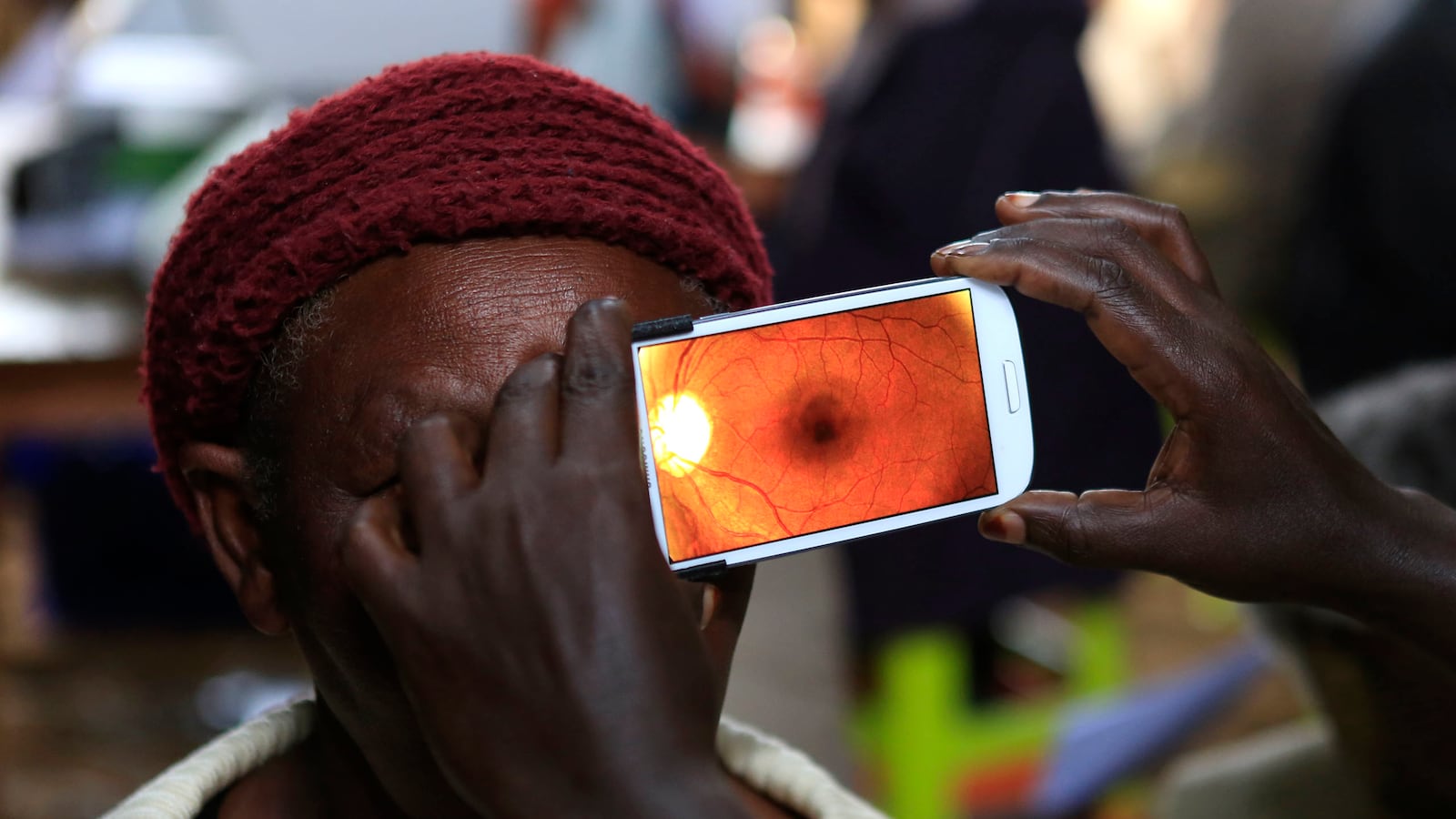How might 2014 play out in tech? Silicon Valley may again need to watch out for Microsoft, cheap smartphones will hit markets, and the Edward Snowden revelations will launch the Year of Encryption. Those are a few predictions from Mark Anderson, founder and publisher of the Strategic News Service newsletter, long a must-read for industry leaders and venture capitalists, and host of Future in Review, an annual gathering for tech leaders, investors, and policymakers The Economist called “the best technology conference in the world.”

What does Anderson see in his crystal ball? Here’s the new edition of his annual list of 10 predictions for the telecom and computing world for the year to come.
Siris Move Into Silos. Internet assistants display their importance as a category by spreading out into a large number of new Siri-like products, many of which work to increase utility by going deep into vertical markets. The results are improved success in voice recognition, knowledge-base utility, and customer trust and acceptance.
Visualization Goes Mainstream. As big data, cloud computing, and vast increases in storage and processing take hold, the role of data visualization becomes much more common in our tools. Having created systems much more advanced than the human brain in these categories, we now must find improved ways of digesting all of this information.
The Cheaper Factor. Low price becomes a critical driver in global consumer-electronics product creation, as emerging economies absorb a dramatically larger fraction of all devices sold. The result of bringing hundreds of millions out of poverty is a shift in design motivation from the radically innovative, to incremental change at low cost, driven by the creation of a new purchaser segment in consumer electronics.
Sub-$100 Smartphones dominate the phone category
And 5. Sub-$250 pads dominate the pad /CarryAlong category. These ought to be the top two best-selling product types in their categories for the year , and these two categories ought to be the top two consumer electronics categories for the year, when measured by volume.
6. Software Plays on a Flat Hardware Field, as We Build Out the Global Computer. This is the real mover behind everything in IT, from the blank black real estate of your cellphone and pad, to virtualized storage and servers, emulated processors, software-defined networks and the most advanced cloud-computing services. Even as hardware continues to advance, software is where most of the energy, innovation, and action occur.
7. The New Microsoft That No One Expected. Microsoft gets a new CEO, with a new power structure that encourages cooperation instead of warring factions, and which leads to improved success in consumer markets. The stock continues to climb, on an annualized basis, and Redmond starts to get some of its “mojo” back, defined by people wanting to work there.
8. Micromapping arrives. Various firms open the door on a brand new category in mapping, advertising, location and ID, and transactions. This MALT category launches in 2014, with small but fast-growing revenue that will become mammoth in years ahead.
9. The Quantified Self Goes Mainstream. The idea of knowing more and more detail about your personal health and characteristics goes from being a science story to a jogger’s delight to a mainstream market. Keeping track of your own health data in real time is no longer something for geeks and workout fanatics, but is accepted as a new and mainstream category of behavior, products, and preventative medicine. Doctors will have to start catching up.
10. Encryption Everywhere. The direct commercial result of Edward Snowden’s leaks will be a massive move by large technology companies, both in enterprise and consumer markets, to evolve new encryption technologies and products that use them. While NSA-proofing will be the motivator, the real benefit may be improved protection of commercial IP from theft by China and other nations.






